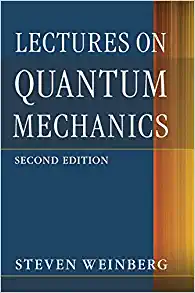Question
To participate in a science fair, Alice designed a toy car engine that can generate a total impulse of 100 Ns. The mass of the
- To participate in a science fair, Alice designed a toy car engine that can generate a total impulse of 100 Ns. The mass of the toy car is 2 kg. What is the final speed that her toy car attains when moved from rest? Ignore frictional forces.
2. Consider an inelastic collision between a green ball and an orange ball. The mass m of the green ball is 1 kg and the mass M of the orange ball is 3 kg. Before the collision, the orange ball was at rest and the initial velocity of the green ball was 5 m/s. After the collision, they were combined as one object as shown in the following. What is the final velocity V ? Hint: Use the momentum conservation law.
3. A 2 kg ball, moving to the right at a velocity of 2m/s on a frictionless table, has an elastic head-on collision with a stationary 5 kg ball. What is the total kinetic energy before the collision? What is the total kinetic energy after the collision?
4. Suppose the moment of inertia of an object rotating about a fixed axis is 0.005 kgm2 and its angular velocity is 50 rad/s. What is the angular momentum of this object?
5. An ideal spring stretched 0.7 meters with a spring constant of k= 50 N/m. What is the applied force?
6. A 10-kg piece of metal displaces 0.002 m3 of water when submerged. What is the density of the metal? Hint: Use the formula mass= density x volume.
7. The pressure acting on a floating piece of wood is measured by 12345 Pascal and its surface area is 0.6789 m2. What is the magnitude of the force in Newtons?
8. A boy's height is 1.76 meters. The vertical distance from his head to his heart is measured as 0.39 m. Find the blood pressure difference between the blood pressure in the anterior tibial artery at the foot and the blood pressure in the aorta at the heart. What is the blood pressure difference between them? The density of blood is 1060 kg/m3 and the blood is assumed as being a static fluid.
9. In 1965, Penzias and Wilson discovered the isotropic cosmic background radiation of the microwave and earned the Nobel Prize in 1978. The cosmic microwave background radiation is measured by 2.725 Kelvin through the entire sky. Convert this temperature into the Celsius scale as well as the Fahrenheit scale. Hint: Use the converting formula: oF=1.8 oC +32. The relation between the Celsius scale and the Kelvin scale is K=oC+273.15.
10. When calculating the internal energy U of the monatomic ideal gas, we use U=3/2 nRT. Here, n is the number of moles, R is the universal constant, and T is the Kelvin temperature. What is U when considering 2 moles of gas at the temperature of 300 K? Here, R is a gas constant and it is given as 8.31 J/(mol K)
Step by Step Solution
There are 3 Steps involved in it
Step: 1

Get Instant Access to Expert-Tailored Solutions
See step-by-step solutions with expert insights and AI powered tools for academic success
Step: 2

Step: 3

Ace Your Homework with AI
Get the answers you need in no time with our AI-driven, step-by-step assistance
Get Started


